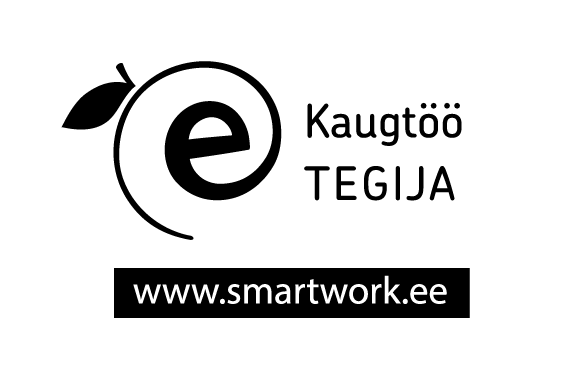Folklore, issue 92, is now available
29.04.2024
Most of the articles in the 92nd issue of the journal Folklore: Electronic Journal of Folklore are related to gender issues. In their article Eve Annuk and Piret Voolaid discuss representations of gender in Estonian graffiti and street art. The analysis aims to identify gender clichés in graffiti, illustrating stereotypical views from a broader sociocultural perspective, and highlights the role of graffiti and street art in challenging gender stereotypes and bringing novel concepts to the fore.
Rebeka Põldsam analyses homophobic discourses and their Soviet history in Estonia, discussing the links between homophobic discourses and the history of non-normative sex-gender subjects, outlining the official discourse of the period and its manifestations in historical sources.
Ingrid Ruudi’s article focuses on gender-specific experiences of Estonian women architects in the late Soviet and post-Soviet Estonia. The article asks if and to what extent the unwritten rules and prejudices have affected Estonian women architects’ experiences in studying architecture, establishing their careers, combining the responsibilities of professional and private lives, and building up their image as (women) designers in a general sense.
Carola Maria Wide’s study examines girls’ initiation in three contemporary versions of “Little Red Riding Hood”, Angela Carter’s “The Company of Wolves” and “Wolf-Alice”, and Märta Tikkanen’s Rödluvan (Little Red Riding Hood), in relation to “The Story of Grandmother”, popularized by Paul Delarue. The author’s findings show the reach of the heroines’ feminine psychosexual maturity in Carter’s and Tikkanen’s versions, representing an alternative to traditional assumptions of girls’ psychosexuality within normative heterosexuality.
Ahmet Demir’s article is also based on literary sources, discussing the wild woman archetype in the French tale “Bluebeard” and the Turkish fairy tale “İğci Baba”, which are analysed based on archetypal criticism. The author argues that the wild woman archetype and the motifs in the two tales, such as initiation, the forbidden secret room, the irresistible curiosity and desire to know, and the key, are strikingly similar.
Esra Sazyek’s article aims to analyse Crystal Manor Tales (Billur Köşk Masalları), the first Turkish collection of fairy tales, in the context of the grotesque theory. The article examines the meaning and importance of grotesque images in folk literature and suggests a method for reading literary texts in terms of the grotesque, and shows that this aesthetic device, which is as old as human history, has its roots in the literature of the people.
Caihong Zhou and Zongmei Fu present in their study an archetypal analysis of the Queen Mother of the West in Chinese mythology. The article aims to explore different facets of the Queen Mother of the West as a representation of the Great Mother archetype in Jungian psychology and through a longitudinal literature review.
The article by Kolsoum Ghazanfari and Mohammad Seadat Asl aims to introduce, explore, and analyse an oral folk tale, common in some Lur villages in Fārs and Kohgiluyeh and Boyer-Ahmad provinces in Iran, the plot and storyline of which correspond to those of the myth of Ulysses and the giant Polyphemus in the Odyssey. The study exhibits the cultural exchange between Greek and local-indigenous subcultures of Iran.
Sibel Akgün in her article discusses the structures of dialect as the founding element of social identity on the example of Bursa city, showing that language is one of the most important characteristics in self-motivation and representation in the social identities of individuals and groups.
The issue also presents an overview of a World Ethnology and Anthropology Congress in India, and a book review.
Folklore: EJF is a peer-reviewed open-access academic journal published since 1996, and the current issue is available online at https://www.folklore.ee/folklore/vol92.
Tiina Mällo, editor
tiina.mallo@folklore.ee

